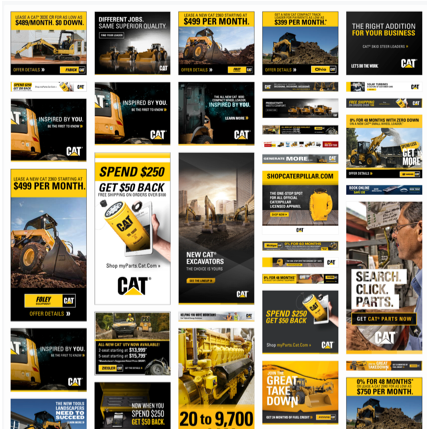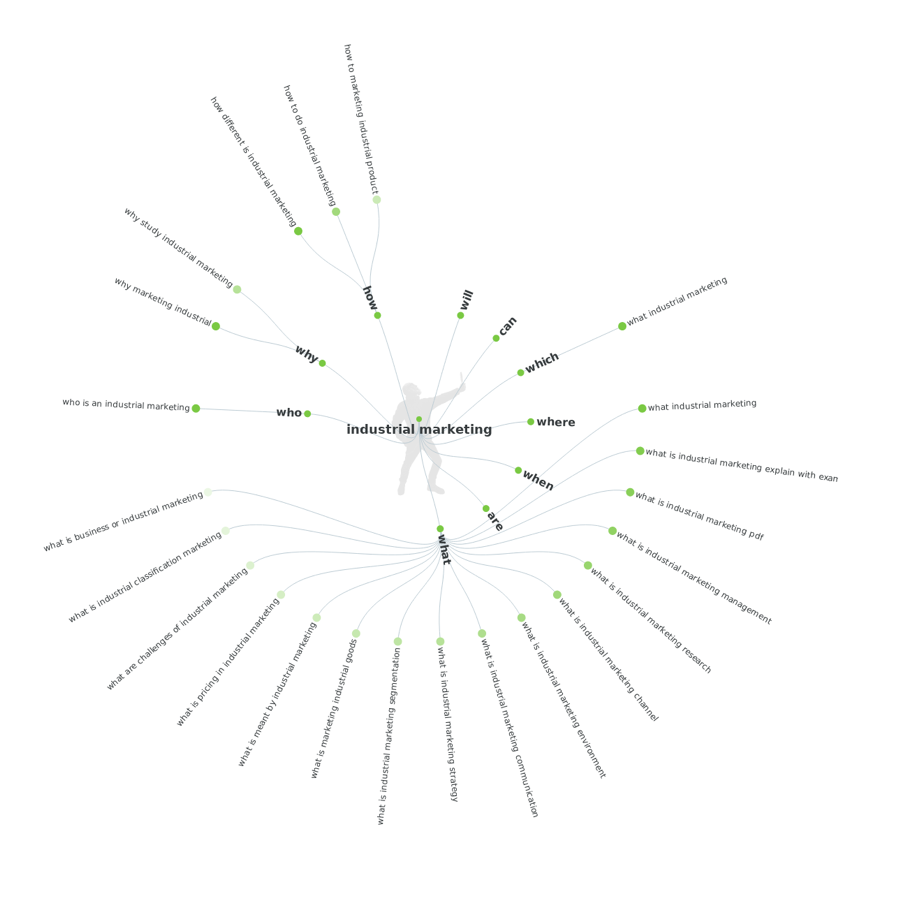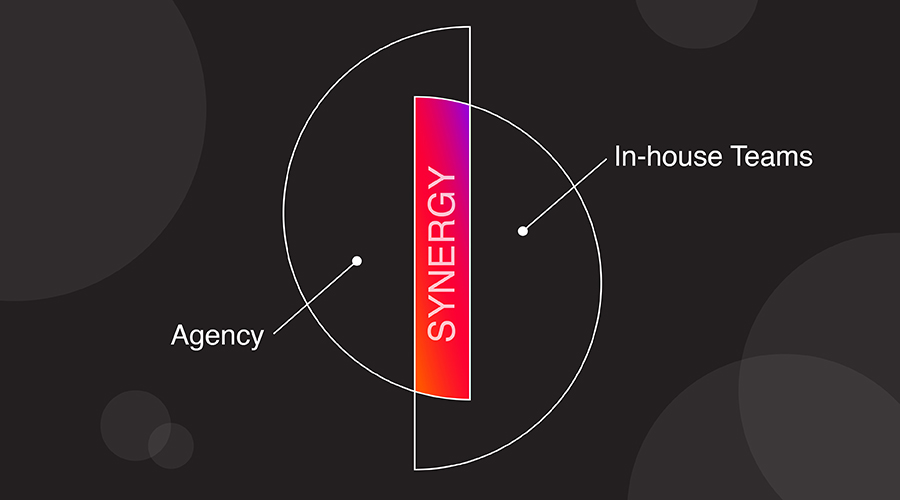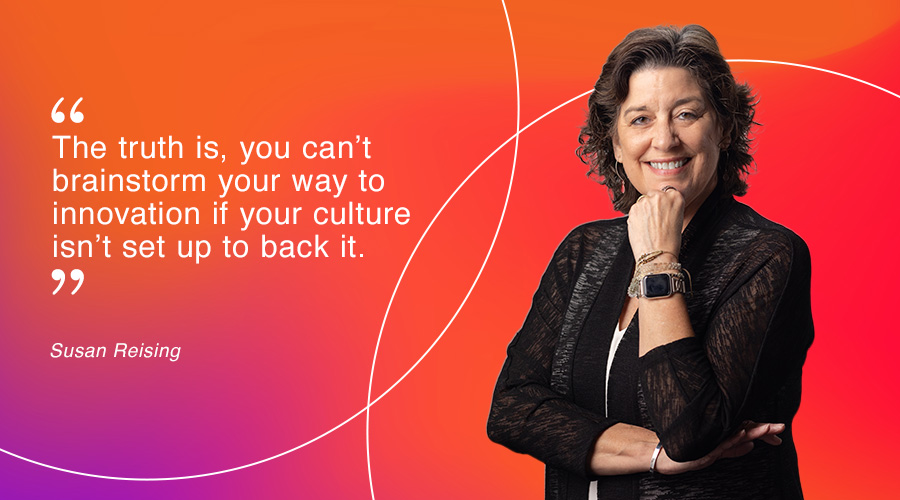The single most dangerous statement I hear smart marketers make is: “We know our customers. We don’t need to do any additional research to support this initiative.”
And sure, we all know broad things about our customers that give us a strong foundation to build our strategies upon. We know our primary demographic and firmographic data points. We may have developed personas or invested time in activating marketing initiatives based on those personas. We may even have undergone major research initiatives in the past to inform brand positioning or uncover opportunities to improve our products or offerings, but we will always have something more to learn.
Our customer base will always be comprised of a variety of personalities with subtle and unique differences in their pains, passions, decision factors, and ways they activate on those things.
Because the smartest of marketers are devoted to continual learning, we’re going to explore some quick cursory research efforts you can do in as little as one hour to improve your marketing strategies. We’ll take a look at research that can help you understand what your customers are hearing, seeing, thinking and saying. To start things off, let’s first take a look at what your customers are getting from others in your industry.
1. Creep on Your Competitors
Sometimes it’s easy to get lost in the cool things our companies are doing. After all, we’re immersed in our offerings and brand values every day. The downside of this is we can end up in an echo-chamber and overlook opportunities to capitalize on a competitive advantage.
When You Only Have One Hour:
 Check out their creative assets. One of the quickest ways to see how a brand is positioning themselves is to check out their current marketing assets. For companies running paid media, tools like moat.com can be a quick way to see what messages your competitors are currently promoting in the marketplace.
Check out their creative assets. One of the quickest ways to see how a brand is positioning themselves is to check out their current marketing assets. For companies running paid media, tools like moat.com can be a quick way to see what messages your competitors are currently promoting in the marketplace.
The results often aren’t all encompassing for larger brands and won’t cover every branch of an organization or a distribution network but can be directionally informative.
-OR-
Do a Google. Okay. That’s not actually a thing, but it sounds a lot more fun than ‘search your product.’ One of the best ways to understand the various messages your customers are being served is to act like a customer. Performing a few quick Google searches for your product or service can show you some of the ads your customers and prospects are seeing, which companies are ranking for similar phrases, and how brands position themselves in three sentences or less.
You can take that information to inform your product listing ad strategy or content creation. You may even be surprised to find that sometimes your biggest search competitors may not be your biggest market competitors.
When You’re Ready to Level It Up:
Invest in a competitive audit. When you need to have a deep understanding of your competition, it’s time to consider a full competitive audit. This could include a website audit, competitive media spend and channel allotment analysis, creative analysis, market research or competitive usability and customer experience evaluations.
A dive that deep requires access to paid tools, field experts and time to perform the analysis and derive insights. If you have these capabilities in-house, it’s a matter of connecting with the right teams and making time for them to focus on these efforts. For many brands, this is an ideal scenario for partnering with an agency.
2. Listen to Your Audience
When You Only Have One Hour:
Conduct a couple of quick interviews. Touching base with known customers can be a great way to get a gut check on a single component of your marketing strategy like the big idea, the primary channels or the messaging framework. Make sure to leave yourself time to synthesize the information!
-OR-
Do topical keyword research. Use a tool like answerthepublic.com to get ideas for common questions asked that are associated with your product, industry or brand. This can give you ideas for content, uncover pain points or inform your messaging framework.
When You’re Ready to Level It Up:
Conduct primary research. This allows you to gather a wide set of data points from your audience to build a complete picture for considerations. It also allows you to tailor the research to address your specific needs. This is important for large initiatives because there’s a lot more science than art involved in conducting formal research. The approach, design and process should be set up to control for bias and uncover truth.
Depending on your goal, this could be a series of long-format interviews, embedded observation, a focus group, an online moderated community, user testing or any combination of qualitative or quantitative research projects.
LEARN MORE: 5 Steps to Better Research
3. Go Undercover with Your Users
When You Only Have One Hour:
Get your social media stalk on. Let’s face it, the internet can make us braver. Observing how customers discuss your brand or products in social media posts can provide a wealth of insights into how customers use your products or services, view your brand or illustrate the benefits or struggles they have with your offerings.
You can search for brand mentions using native social search functions or review comments on your brand posts to start uncovering some of these insights.
Dig into search behavior. While Amazon may be taking over consumer product search, Google still dominates searches for B2B offerings. This makes tools like Search Console and Keyword Planner invaluable to help you understand the keywords that currently bring traffic to your website and assess related keywords to consider incorporating into your search strategy, whether that is through expanding your content, improving your technical SEO or generating paid ads to account for known gaps in the short term to bring greater visibility to your products and services.
When You’re Ready to Level It Up:
Implement social listening. Social channels are massive data pools full of customer insight. Because people love to post about, well, everything. We’re looking at you, Oversharing Olivia and TMI Tom!
The trick is being able to uncover and ingest that data in a way that is meaningful. Social listening allows you to monitor social activity related to your brand. Depending on the tools you implement, you can monitor direct mentions of your brand(s), customer feedback on your owned posts, specific keyword mentions, specific industries mentions and even mentions of competitors across social media platforms.
If you’re already using social listening to manage customer interactions and you want to maximize your investment, talk to your internal teams or agency partners about utilizing your tools to gain competitive insight, improving your benefits positioning or even focusing on your customer experience based on customer feedback.
Wanting to level-up your social media game? Check out our recommendations for Thinking Outside of the Social Box.
Employ SEO and SEM monitoring. Search equity is every marketer’s dream, right? It’s the true ‘if you build it, they will come’ scenario, but unfortunately, like any infrastructure, it requires love and maintenance to keep everything working at optimum performance.
That’s why SEO and SEM monitoring are so critical; whether you’re wanting to hold your position with rank tracking, keep an edge over the competition with competitive rank tracking, grow the reach with suggested keywords, build back links, solve for everyday human errors with site crawlers or audits – or just make sure a website release didn’t break 90 percent of your links. Yeah, that happens. We’ve heard the horror stories.
Happy insight mining! And if you need a partner in the process, we happen to know a pretty cool bunch of nerds who regularly congregate at 321 SW Water Street in Peoria, IL who would love to help dig in.





